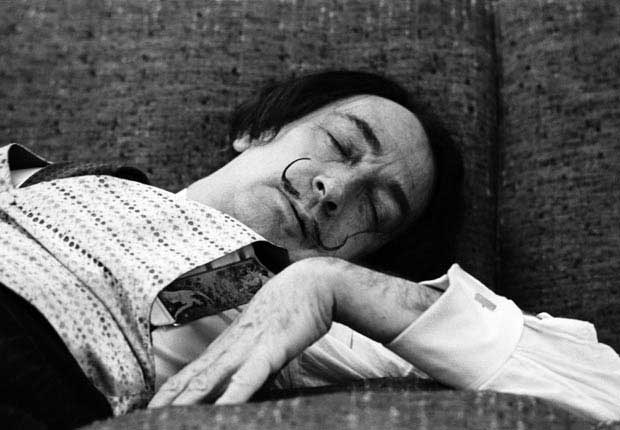It was the writer Camilo José Cela the one who eventually coined the term “yoga ibérico” to speak of napping or siesta, a true Iberian habit. This great author claimed that napping ought to be done in full gear: “pajamas, bedtime prayer and urinal” –urinals under the bed sets us in another time–; although doctors do not agree with long siestas.
A siesta puts on hold the five senses of the body. This habit of napping dates many centuries ago and it is deeply embedded in our country. The term “siesta” comes from the Latin “sesta” as in the sixth hour of the day (between 2 and 4 pm in the afternoon); furthermore, it was a roman habit to rest after a big meal in order to get through the day in a good mood and with renewed strengths.
In Córdoba an official siesta time was decreed. The city ordinance states that, in relation to noises and sound intensity, during Summer time the hours between 3 and 5 pm would have the same consideration as if in at night hours, hence sound levels are not to exceed 55 db.
A few sound benefits from napping:
• It is a relaxing habit that reduces stress levels.
• It helps to rest and clear our mind.
• It enhances creativity, intuition, imagination and our ability to solve problems.
• It slows aging and improves our quality of life as many academic papers have proven the way in which napping can help deal with free radicals.
• It helps us get in a good and positive mood as it resets our current mental state during the day. Thus improving our overall mental health.
• It lowers the risk of a heart attack.
• It enhances physical performance by reducing physical and mental fatigue.
• It helps reduce anxiety levels.
• And it gives us an overall sensation of wellbeing.
But then, how long should a siesta take? In order to fully enjoy the benefits of a siesta the proper and most advisable napping times range from 10 minutes to a round hour, although a short siesta of 15 or 20 minutes plus the mandatory eight hours of good sleep at night is more than enough.
Experts state that if napping accounts for a good deal of benefits making it advisable in adults it is most indispensable in children and old people. That is way this habit is a must in kids under five years of age, so that they can fully develop physically and mentally.
There are numerous countries that have acknowledged the benefits of this Iberian habit nowadays –needless to say it is a habit that goes beyond Spain; Japan and other Mediterranean countries for instance also enjoy napping; however it is better known in the Western hemisphere as a Spanish habit–. Many of the American Republics and other countries around the world that used to be part of the Spanish Empire took on this siesta habit. Something good napping must have when so many different countries in the world practice it so much. Plus there are hotels now in many cities selling rooms by the hour to nap.
Big corporations such as Google have recently made available “siestarios” (napping spaces) in their headquarters for the employees. They call it the power nap, a short nap that ends right before one enters the deep sleep or REM state with the sole intention of revitalizing our whole body, in not so many words: a Siesta.

Characters like Albert Einstein publicly praised this habit. Winston Churchill, for instance, learned it in while in Cuba and was ever since a great enthusiast of napping: during the Second World War while his colleagues and other collaborators were completely exhausted at two in the morning he was still going and more than willing to work endlessly thanks to this little cheat.
Salvador Dalí was also a devoted user, although he was –as expected from such a character– a bit too extravagant. Since he preferred not to take long siestas he developed a curious system: he slept seated –he even suggested and armchair for better results–; and held a key in his hand between his fingers; then relax and fall asleep. When the artist finally fell asleep the key would slip through his fingers making a subtle but sound noise. The artist would wake up inspired from this peculiar siesta. He called this method “Sleeping with a key”.
I would also like to mention the Siesta del carnero (the ram siesta) or canonical siesta, which takes place before lunch. Although less popular it is very common among those who wake up particularly early in the morning and before lunch have already completed their daily work routine.
And that is that. I hope that those of you who have not tried siesta yet are eager to give it a shot now.

